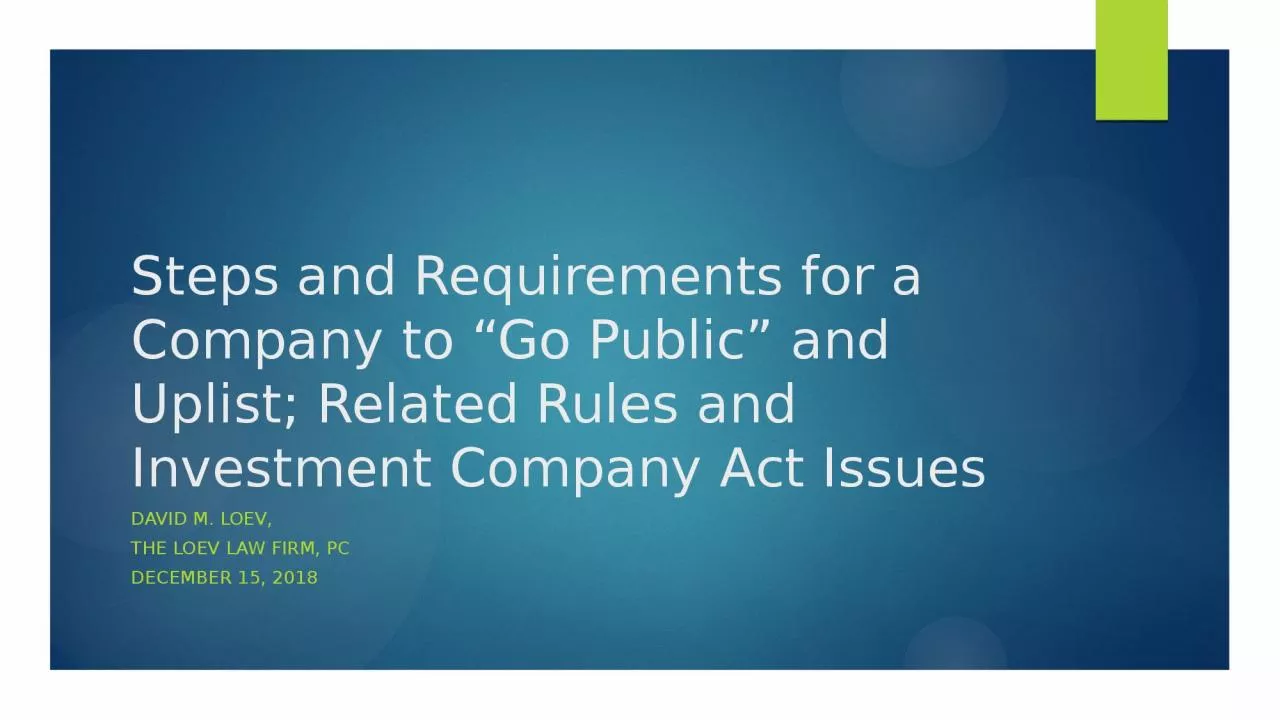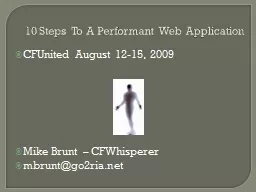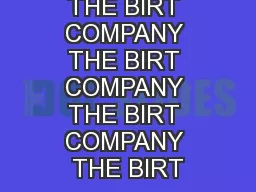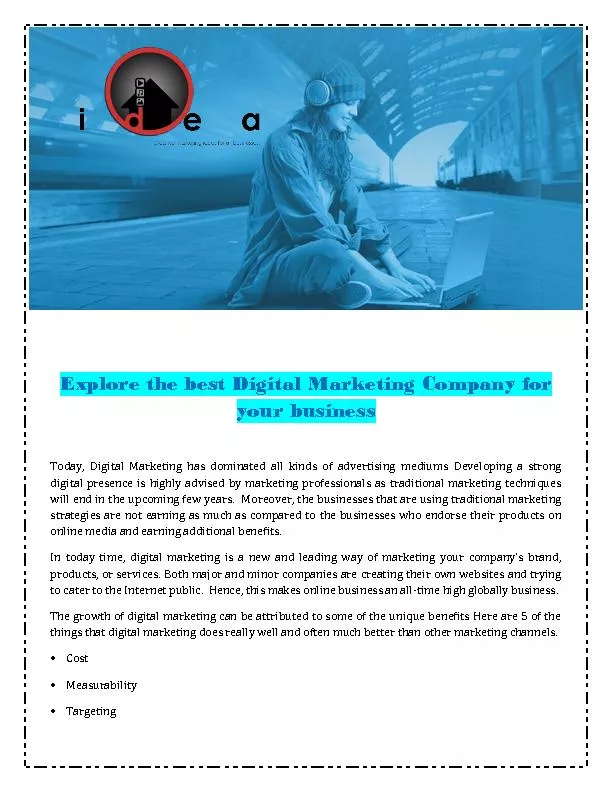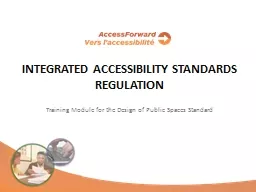PPT-Steps and Requirements for a Company to “Go Public” and
Author : julia | Published Date : 2023-11-05
Uplist Related Rules and Investment Company Act Issues David M Loev The Loev Law Firm PC DECEMBER 15 2018 Disclaimer This information is provided for informational
Presentation Embed Code
Download Presentation
Download Presentation The PPT/PDF document "Steps and Requirements for a Company to ..." is the property of its rightful owner. Permission is granted to download and print the materials on this website for personal, non-commercial use only, and to display it on your personal computer provided you do not modify the materials and that you retain all copyright notices contained in the materials. By downloading content from our website, you accept the terms of this agreement.
Steps and Requirements for a Company to “Go Public” and: Transcript
Download Rules Of Document
"Steps and Requirements for a Company to “Go Public” and"The content belongs to its owner. You may download and print it for personal use, without modification, and keep all copyright notices. By downloading, you agree to these terms.
Related Documents

